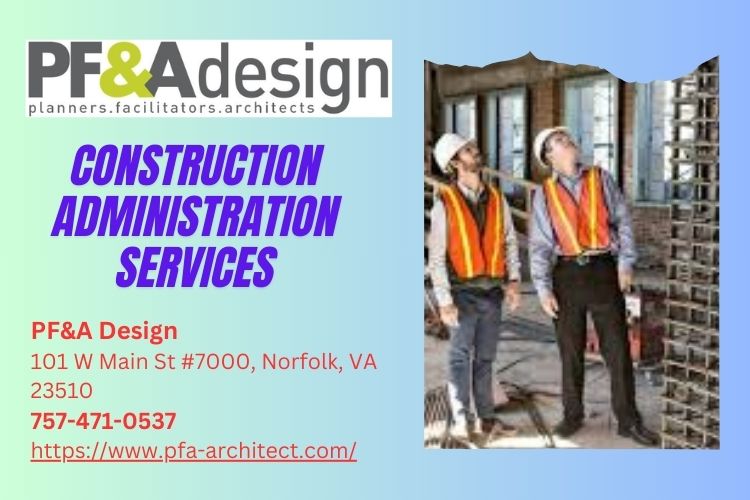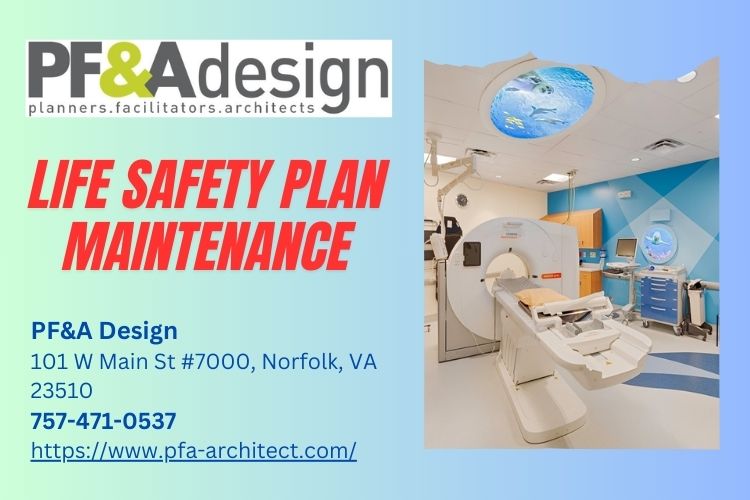Introduction
In the realm of healthcare, dental architecture is often overlooked as a vital component in patient experience. When we think of patient care, our minds typically gravitate toward the medical professionals themselves—the dentists and hygienists who provide treatment. However, the role of Dental Architects in shaping these clinical environments is equally crucial. The design of a dental office can profoundly influence a patient's feelings about their visit, from anxiety to comfort. architecture design This article delves into how architectural design enhances the patient experience in dental practices, offering insights into the integral work of dental architects.
Designing Smiles: How Dental Architects Shape Patient Experience
When it comes to architecture design, particularly in dentistry, we need to consider more than just aesthetics. The layout must cater to efficiency for staff while simultaneously creating an inviting atmosphere for patients. This blend of functionality and comfort is what Dental Architects strive for in their designs.
What Is Dental Architecture?
- Definition and Scope Dental architecture encompasses not only the physical space where dental services are provided but also the psychological impact that environment has on patients. Importance of Space Planning Proper space planning is essential for ensuring that all aspects—from waiting areas to treatment rooms—are designed with both patient comfort and staff efficiency in mind.
Historical Context of Dental Architecture
- Evolution Over the Years The field has evolved significantly from sterile, clinical spaces to more welcoming environments designed with patient comfort at heart. Influential Trends Notable trends over the decades have included open layouts, natural lighting, and even biophilic design elements.
Key Elements of Effective Dental Design
Welcoming Entrance- The entrance sets the tone; it should be inviting without feeling overwhelming.
- Seating arrangements, lighting, and even soundscapes contribute to a calming pre-treatment experience.
- These spaces should allow for easy movement among staff while also ensuring privacy for patients.
- Integrating technology into design enhances both functionality and patient engagement.
The Role of Lighting in Dental Architecture
- Natural vs. Artificial Light Research shows that natural light can reduce anxiety levels among patients. Lighting Design Techniques Utilizing dimmable lights can help adjust the mood based on different times of day or procedures being performed.
Color Psychology in Dentistry Design
- Colors evoke emotions; choosing the right palette can greatly affect a patient's feelings during their visit.
Popular Color Schemes
| Color | Emotional Impact | |---------------|------------------------------| | Blue | Calming | | Green | Refreshing | | Yellow | Cheerful | | Neutral Tones | Soothing |
Creating Private Spaces Within Open Layouts
- Balancing open spaces with private treatment areas helps maintain confidentiality without sacrificing openness.
Incorporating Nature into Design (Biophilia)
- Nature-inspired elements—like plants or water features—can improve air quality and enhance emotional well-being.
FAQs About Dental Architecture
1. What is the primary goal of dental architecture?
The primary goal is to create functional spaces that promote patient comfort while supporting efficient workflows for dental professionals.
2. How does lighting affect patient experience?

3. Why is color choice important in dental practices?
Colors can invoke specific emotions; appropriate choices can help calm fearful patients while enhancing overall comfort.
4. Can architectural design influence treatment outcomes?
Yes! A well-designed space can lead to reduced stress levels, which may positively affect treatment outcomes through improved cooperation from patients.
5. What features should be prioritized when designing a dental practice?
Prioritize welcoming entrances, comfortable waiting areas, efficient treatment rooms, and technology integration for maximum effectiveness.
6. Are there any trends currently shaping dental architecture?
Trends include eco-friendly designs incorporating sustainable materials and advanced technology that enhances both functionality and connectivity with patients.
Patient-Centric Design Principles
To foster an environment conducive to healing, architects prioritize certain principles:
Accessibility: Ensuring all spaces are easily navigable by everyone. Safety: Incorporating elements like handrails or non-slip flooring can prevent accidents. Comfort: Offering amenities like refreshments or entertainment options makes waiting less tedious.The Importance of Acoustics in Dental Offices
Sound plays a significant role—both from equipment and ambient noise levels can heighten anxiety among patients if not managed properly.
Acoustic Solutions
- Soundproofing walls Soft furnishings Background music or white noise machines
Technology Integration within Dental Architecture
With advancements in technology comes new opportunities for enhancing patient experience through architectural design:
Digital check-in kiosks streamline processes. Interactive screens educate patients during their wait time. Telehealth capabilities integrate into office designs for flexible care options.The Future of Dental Architecture: Trends on the Horizon
As we look ahead:
Sustainable Practices: Eco-friendly materials will become standard. Smart Technology: Increased automation will reshape how facilities operate. Holistic Approaches: Designs will focus more on mental health alongside physical health needs.Conclusion
In conclusion, "Designing Smiles: How Dental Architects Shape Patient Experience" reveals an intricate interplay between thoughtful architectural design and overall patient satisfaction within dental practices. From creating soothing environments through color schemes and strategic layouts to integrating cutting-edge technology that enhances workflow efficiency—the role of dental architects cannot be overstated. As we move forward into an age where patient experience becomes paramount in healthcare settings, embracing innovative designs will undoubtedly shape happier smiles one visit at a time.
Contact Us
PF&A Design
Address: 101 W Main St #7000, Norfolk, VA 23510
Phone number: 757-471-0537

Website: https://www.pfa-architect.com/